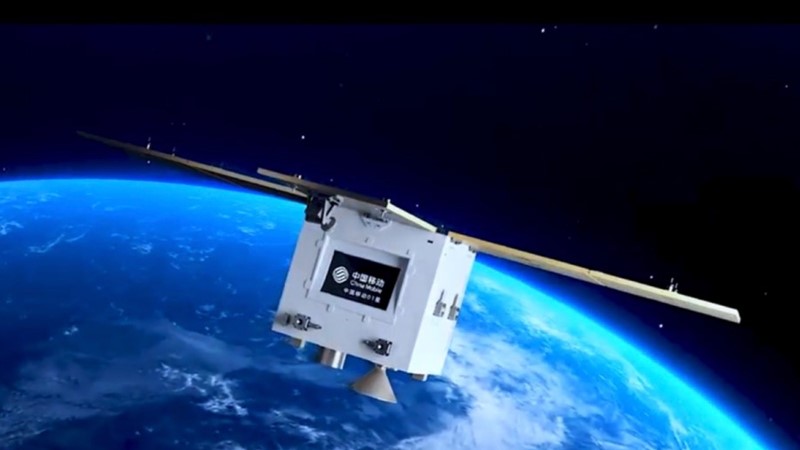
China Mobile over the weekend marked a milestone by launching the world's first test satellite using 6G design architecture. This puts the state-owned telco operator at the forefront of next-generation wireless technology. Another test satellite equipped with the company's 5G technology was also deployed in space as part of the company's continuing efforts to integrate satellite and terrestrial networks.
The two satellites were launched on Saturday in a low Earth orbit (LEO) at an altitude of 500km. Both reportedly feature lower latency and higher data transmission rates when compared with satellites in higher orbit.
Pushing the envelope of wireless technology
According to China Mobile, LEO satellites – which operate closer to the Earth's surface – can significantly improve the quality and speed of satellite Internet services, particularly in remote and underserved areas that terrestrial mobile networks cannot reach.
"Positioned as a crucial platform for future integrated space and ground networks, low-earth orbit satellites can address telecom signal coverage gaps in terrestrial mobile networks, providing higher bandwidth satellite internet services globally," the company said in state media reports.
The 6G Star Core satellite, jointly developed by China Mobile and Innovation Academy for Microsatellites of the Chinese Academy of Science, hosts a distributed autonomous architecture and ''supports in-orbit software reconstruction, flexible deployment of core network functions and automated management."
"This enhances the efficiency and reliability of the in-orbit operation of the satellite core network," said China Mobile.
The China Mobile 01 satellite, on the other hand, was built in collaboration with Chinese satellite company Ubinexus, and is claimed to be the world's first signal processing satellite equipped with a land-space 5G operating system.
The telco operator plans to conduct in-orbit experiments based on these test satellites, and the results of these experiments are expected to steer the direction of future telecom technologies, including the transition from 5G to 6G networks.
China's 6G goals
China has been vocal about its ambition to put the country at the center of the nascent 6G technology.
Wang Zhiqin, the leader of China's 6G promotion team and vice president of the China Academy of Information and Communications Technology, said in December that China intends to commercialize 6G by 2030. He added that standards work for the technology is expected to be completed by 2025.
"In terms of 6G development, all nations are at the [early] stage of technological research, and have not yet formed a unified standard in 6G network building and key technology," said Wang as quoted by the Global Times.
Juniper Research published a report this week predicting there will be 290 million 6G connections globally by 2030, with initial 6G services to start launching worldwide in densely populated geographical areas in 2029.
However, this prediction is made on the assumption that current technical issues around the technology have been resolved. The 3GPP Release 18 standard – expected to be frozen next month – is designed to integrate non-terrestrial networks (NTNs) such as satellites and high-altitude platforms (HAPS) into the terrestrial 5G infrastructure. With standards still undefined, 6G is very much in the development phase.
Read more about:
AsiaAbout the Author(s)
You May Also Like












